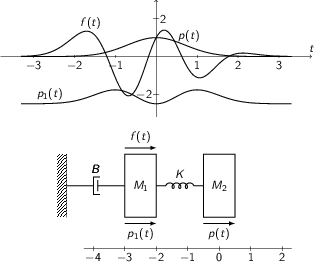Signals and Systems EEET3041
Welcome to Signals and Systems EEET3041 for 2015. My name is Robby McKilliam and I'll be your lecturer. In this course we learn how to analyse linear-time invariant systems that are used to model and design electric circuits, mechanical machines, and electro-mechanical devices. I studied Engineering and Mathematics at the University of Queensland and completed my PhD there in 2010. I've since worked at the Institute for Telecommunications Research apart of the School of Information Technology and Mathematical Sciences at the Mawson Lakes Campus. My research interests include statistical signal processing, communications engineering, and number theory.
